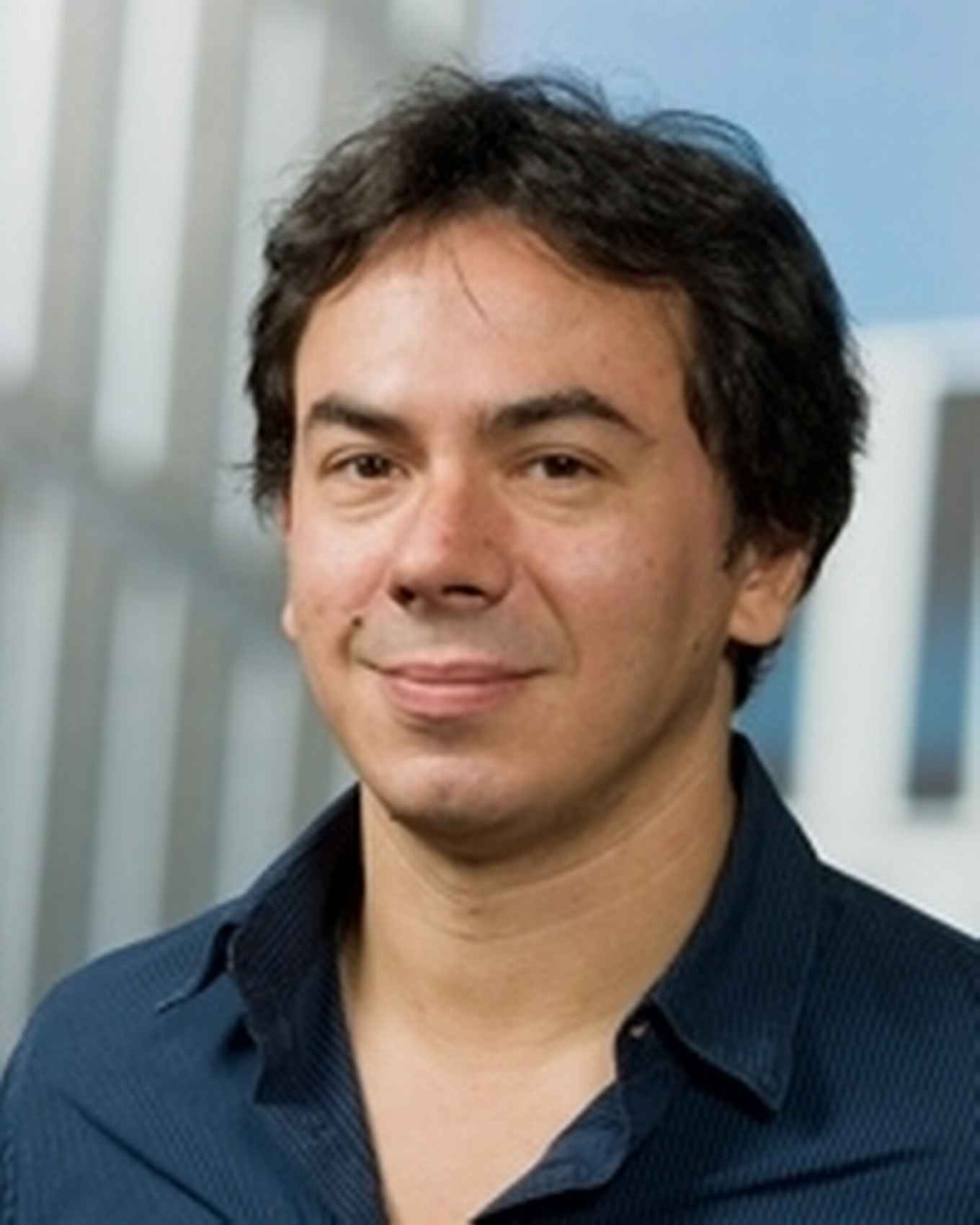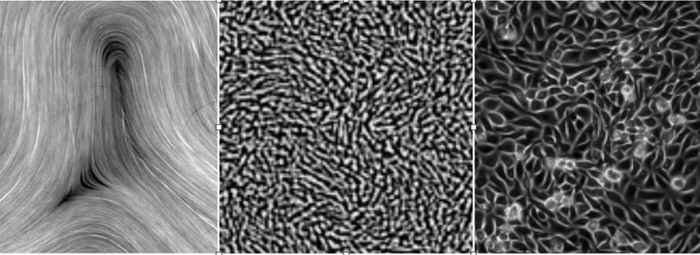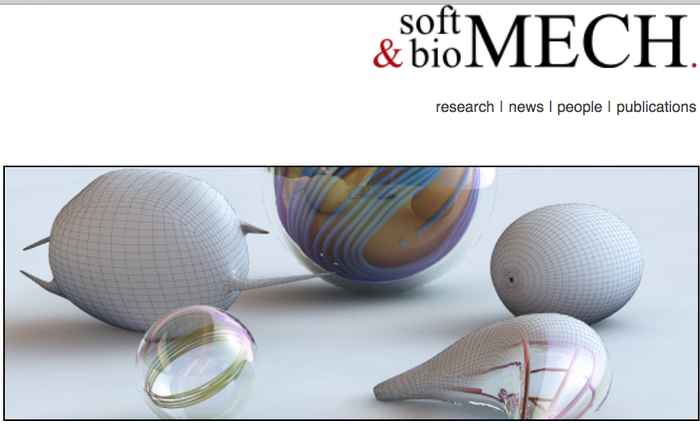Luca Giomi (Leiden) wins ERC Consolidator Grant for flowing cells
10 December 2019

Slowly whirling ram semen, embryos developing and cancer metastasis. It's not your standard physics subject that Luca Giomi unites in his research proposal into the hexatic phase of biological tissues. This is a special phase somewhere between the solid phase and the liquid phase, that seems to play a major role in biology.
The proposal was awarded 2 million euros by the European Research Council (ERC), which is spending 600 million euros on research by 301 European researchers. The money will pay for three PhD students and two postdocs, and half of Giomi's own salary, for five years. 'It's time to roll up the sleeves', says Giomi.
Whirling Patterns
'Active fluids are fluids made of particles that can move autonomously', Giomi explains. Examples are kinesins, biological conveyor belt-like molecules, or bacteria that move toward a source of nutrition. But one could also think of sparrows in a swarm: they fly autonomously, keeping their distance from other birds, forming large swarms that move collectively and mesmerisingly.'
'A couple of years ago, I developed a theory for the active form of nematic fluids', says Giomi. Nematic fluids (derived from Greek, nema, 'thread') consist of long elements that can easily align, like tree trunks floating on a river.
Well-known examples are the liquid crystals in Liquid Crystal Displays (LCDs) in computer screens. As their name indicates, their behaviour is somewhere between solid and liquid. 'If you make these elements active, this will result in whirling patterns that resemble turbulence', says Giomi.

Honeycomb
The equations that Giomi formulated for this phenomenon have been successfully tested by experiments on active kinesins by researchers at Brandeis University, Massachusetts. French researchers showed a similar effect in ram semen cells, whirling and twisting in a narrow square space.
In 2018, Pascal Silberzan at the Institute Curie in Paris showed that the same whirling patterns predicted by Giomi appear in cultures of elongated lung cells. 'This opened my eyes', say. Initially, I couldn't believe that hydrodynamics, originally developed for fluids like water, can also actually describe cells at large scale.'
This inspired Giomi to check whether the same approach would work on other tissues. 'Most cells aren't elongated. Tissues form a mosaic of roughly polygonal cells, honeycomb-like.'
Hexatics
It had been known that such polygonal patterns can form a so-called hexatic phase, which is also somewhere in between fluid and solid. The elements are aligned in a roughly crystalline pattern, but the can also move alongside each other along six axes. This hexatic phase had been researched using analytical methods, computer simulations and experiments.
It seems to play a role in biological processes, such as the development of an embryo from a sphere of undifferentiated cells, or in wound healing. 'You actually see the cells flow to get to their positions', describes Giomi.
Understanding Metastasis
Actually, this flowing itself had not been researched. 'All the hexatic research is about equilibrium not about flows. It is a gap in our knowledge.' It's this gap that Giomi wants to fill, aided by a small army of theoretical physicists. 'I have developed a theory for active fluids before', Giomi says, 'I hope this will help me here.'
Giomi is collaborating with Thomas Schmidt, an experimental physicist at LION, Eric Danen at the Leiden pharmacology institute LACDR, and tissue dynamics pioneer Peter Friedl at the Radboud UMC in Nijmegen.
Eventually, Giomi hopes, a better understanding of flowing active hexatic fluids may help to understand biological processes. A prime example is the metastasis of cancer.
Renegade Clumps
'It has become clear that metastasis mostly isn't caused by single cells migrating from the primary tumour. Instead, small clumps, or droplets, of cells split off. Apparently, that is more efficient, just as it is with small groups of animals splitting off from a herd or flock.'
Now, it's unclear how such a clump of cancer cells splits off, how it flows through the cellular matrix and the capillaries to reach the circulation.
'This is the final, most explorative part of the proposal', says Giomi, when asked for applications. 'Developing cancer medicine is a very long shot. The first goal is to understand.'
Written by Bruno van Wayenburg, Leiden University
Source: https://www.universiteitleiden.nl/en/news/2019/12/luca-giomi-wins-2-million-euro-erc-grant
